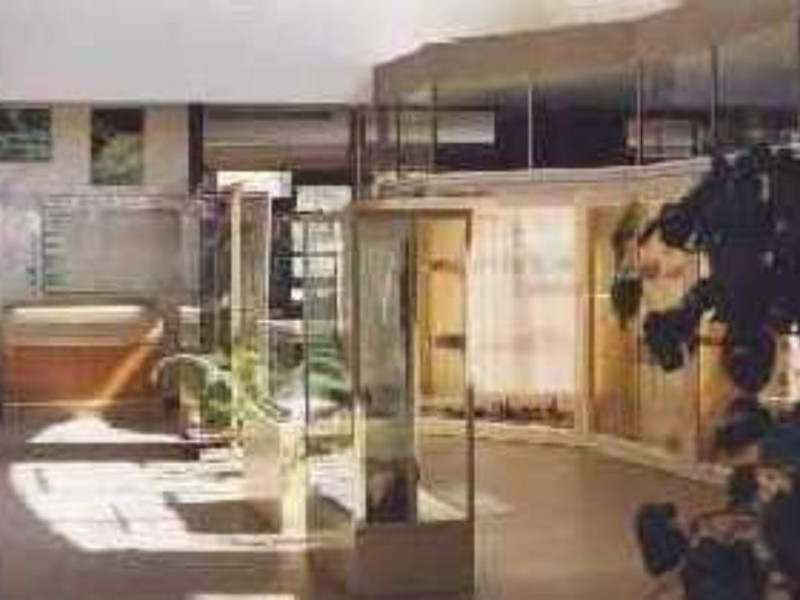Destinazioni - Comune
Pescia
Where
Pescia (Pistoia)
Pescia (Italian pronunciation: [ˈpeʃʃa]) is an Italian city in the province of Pistoia, Tuscany, central Italy.
It is located in a central zone between the cities Lucca and Florence, on the banks of the homonymous river.
History
Archaeological excavations have suggested that the Lombards built here a first settlement on the river banks. The name of the city comes in fact from a Lombard word, meaning "river".
Lucca occupied and destroyed Pescia during the 13th century, but the town was quickly rebuilt. During the entire Middle Ages Florence and Lucca contended for the city, as the latter was located on the border between the two republics. In 1339, after almost ten years of war, Florence occupied it.
The economy of the town was founded on mulberry cultivation and silkworm breeding. Heavily struck by the Black Death, Pescia overcame the demographic and economical depression which had ensued only at the end of that century (15th century).
At the end of 17th century the Grand-duke of Tuscany declared Pescia "City of the Grand Duchy of Tuscany". In the 19th century the silk production was so important that Pescia was called "the little Manchester of Tuscany". The economy of the town dropped after a commercial conflict between France and Italy (1888). The passage of Napoleon highly damaged the economy of the city, because he substituted silk with sugar beet.
Since 1925 Pesciatins found an alternative economic source in cultivating and trading flowers and olive plants (since the end of the 19th century). Bombardaments during World War II highly damaged Pescia.
Main sights
Palazzo del Vicario (13th-14th centuries), now the Town Hall
Palazzo Palagio or del Podestà (12th-13th centuries)
Cathedral, dating perhaps to the 5th-6th century but later rebuilt several times. It is mentioned for the first time in 872 but the oldest surviving remains date to the 13th century. It houses a funerary tomb by Raffaello da Montelupo.
Gothic church of St. Francis (13th century). The Cardini Chapel, whose design was once attributed to Brunelleschi, it is now assigned to Andrea Cavalcanti: it houses a fresco by Neri di Bicci (1458). The right apse chapel has a fresco cycle with Stories of the Virgin by Bicci di Lorenzo (15th century), while in the left chapel is a Madonna with Child by Angelo Puccinelli (1335). The panel of St. Francis and the Episodes of His Life, by Bonaventura Berlinghieri (1235), is the first known depiction of St. Francis' iconography.
Communal Palace
City Library
Old Flower Market (1951) for its modern architecture
Economy
Economic activities in and around the city include flower growing (carnations, for which it is an international market center) and paper production.
Education
The city is home of three professional (economics, agrarian and graphic-touristic) high schools and four cultural (classical, scientific, linguistic and psycho-pedagogic) high schools.
Twin cities
Nerja, Spain
Oullins, France
External links
Official website (Italian)

